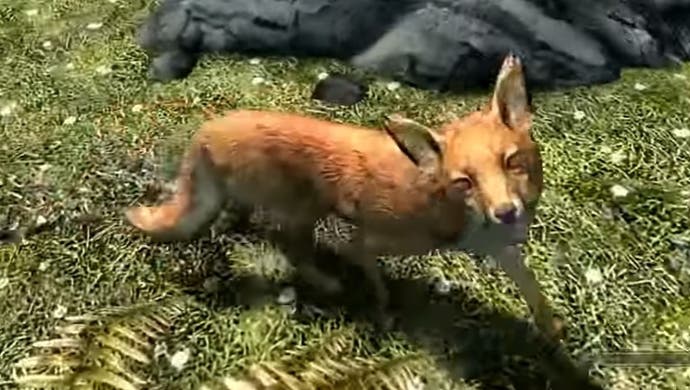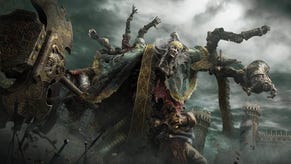Skyrim's myth of the treasure fox finally explained
Sniffing out the truth.
One of the most enduring myths about Skyrim is it contains treasure foxes.
Ever since Bethesda's open-world fantasy game came out in 2011, players have wondered whether the foxes lead players to treasure.
The myth of the treasure fox pops up online every now and then, with players debating whether it's true or false.
"I heard if you follow a fox, it will take you to a place you have not discovered yet or to some treasure? Is this true?" asked GameFaqs user echo007 nine years ago.
Skyrim players have even made videos about it:
Now, nearly a decade after Skyrim came out, the treasure fox myth is finally explained - and the truth is, it's sort of right, and sort of wrong.
Hot on the heels of 14-year Bethesda veteran - and now solo indie developer - Nate Purkeypile's wonderful development anecdote about Skyrim's iconic cart ride getting catapulted into space by a bee, fellow Bethesda veteran Joel Burgess, who worked on Skyrim as a level designer and now heads up Grindstone developer Capybara Games, took to Twitter to detail the treasure fox.
As Burgess explains, shortly after Skyrim came out, the developers saw players report that if they followed foxes they would lead them to treasure. This wasn't intentional, so they investigated.
The explanation had to do with the way Skyrim's AI use 'navmesh' for navigation. As Burgess says, navmesh "is an invisible 3D sheet of polygons that is laid over the world, telling AI where it can and cannot go".
Foxes, which can only run away from the player, use this navmesh for pathfinding, like all other AI in Skyrim.
According to Burgess, much of Skyrim's world uses simple 'navmesh', because areas with basic topography, little clutter and a low chance of combat do not require lots of detail.
Essentially, Skyrim's wilderness requires a small number of big triangles when it comes to navmesh.
But a camp, for example, has more detailed navmesh because of the added visual detail. Essentially, as Burgess puts it, points of interest have a big number of small triangles.
Now we come to AI process. As Burgess explains, if you're close to an AI, it's in "high process" - "or the most fancy, CPU-intensive pathfinding".
"It uses the full navmesh and will do things like line-of-sight and distance checks."
A bandit attacking you, for example, "is running nav stuff many times per second."
"Low process" is used for NPCs walking a trade route across the world, for example.
"These are only updated every several minutes, and position is tracked very loosely," Burgess said.
Skyrim's foxes, which are always fleeing, only ever use a "medium process", which comes into play for characters nearby the player but who don't need the complex pathing of combat.
So, as Burgess puts it: "The fox isn't trying to get 100 meters away - it's trying to get 100 *triangles* away."
Typically, camps and ruins and other points of interest are places in which it is easy for a fox to find 100 triangles. And the developers littered these places with treasure to reward exploration. Hence, the sense that foxes lead players to treasure.
"So foxes aren't leading you to treasure - but the way they behave is leading them to areas that tend to HAVE treasure, because POIs w/loot have other attributes (lots of small navmesh triangles) that the foxes ARE pursuing," Burgess said.
"To players, however, it's the same thing."
Burgess' Skyrim treasure fox is another wonderful development anecdote from a game filled with such things, and shines a light on just how complex the virtual worlds we love so much can be.
Just need to know why Skyrim's dragons flew backwards, now!











